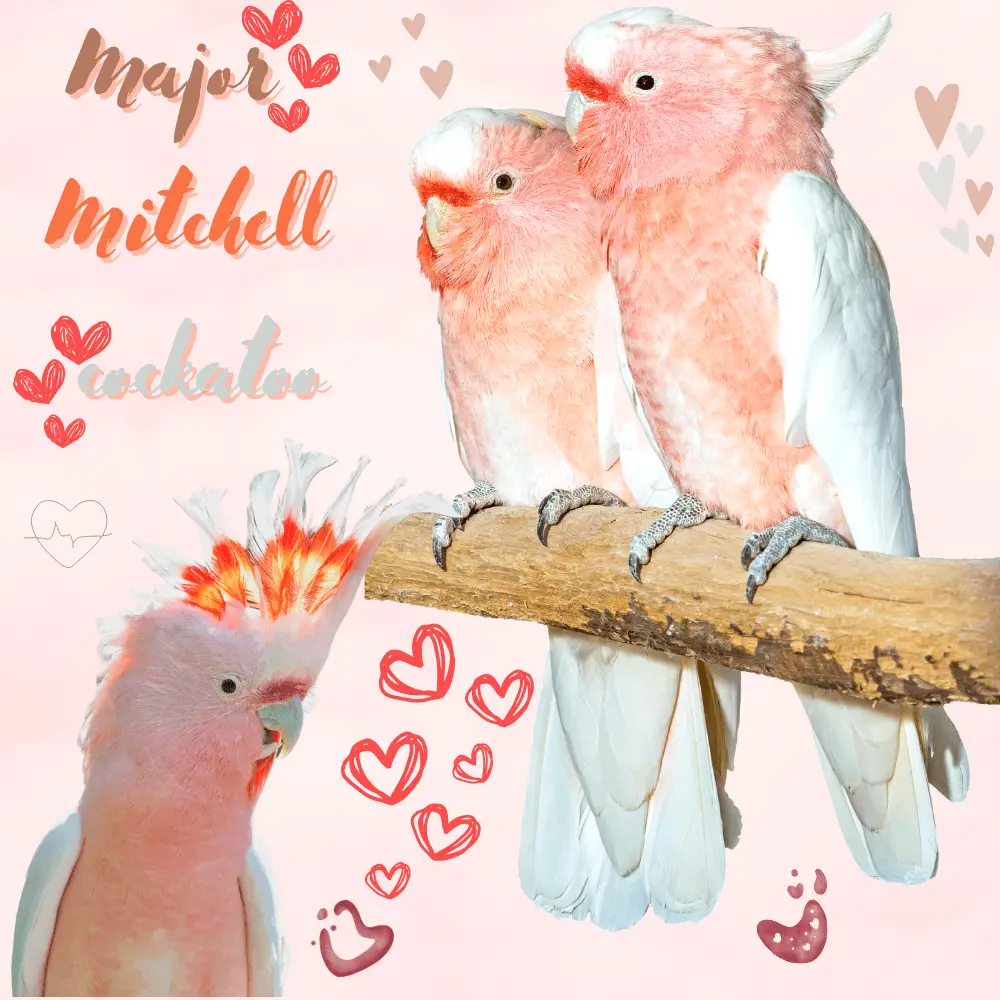Major Mitchell cockatoo: flies over semi-arid regions of Australia in search of food. Although it is not usual, it can become a pet. And generally, he is somewhat stubborn.
The last thing you’d probably expect to find in the semi-arid regions of Australia is such a showy bird as the Southern Cockatoo. But nature is full of surprises. This species, along with many other cockatoo species, resides in Australia where it is endemic.
This parrot has many nicknames that refer to some of its striking features. One of them is the flag cockatoo because its crest reflects the flag of Spain.
Can you tell which aquatic animal the color of its coat is reminiscent of? Do these birds form large or small groups? What type of habitat do they live in Australia? You will find the answer to these questions and many more throughout this article.
Major Mitchell cockatoo habitat
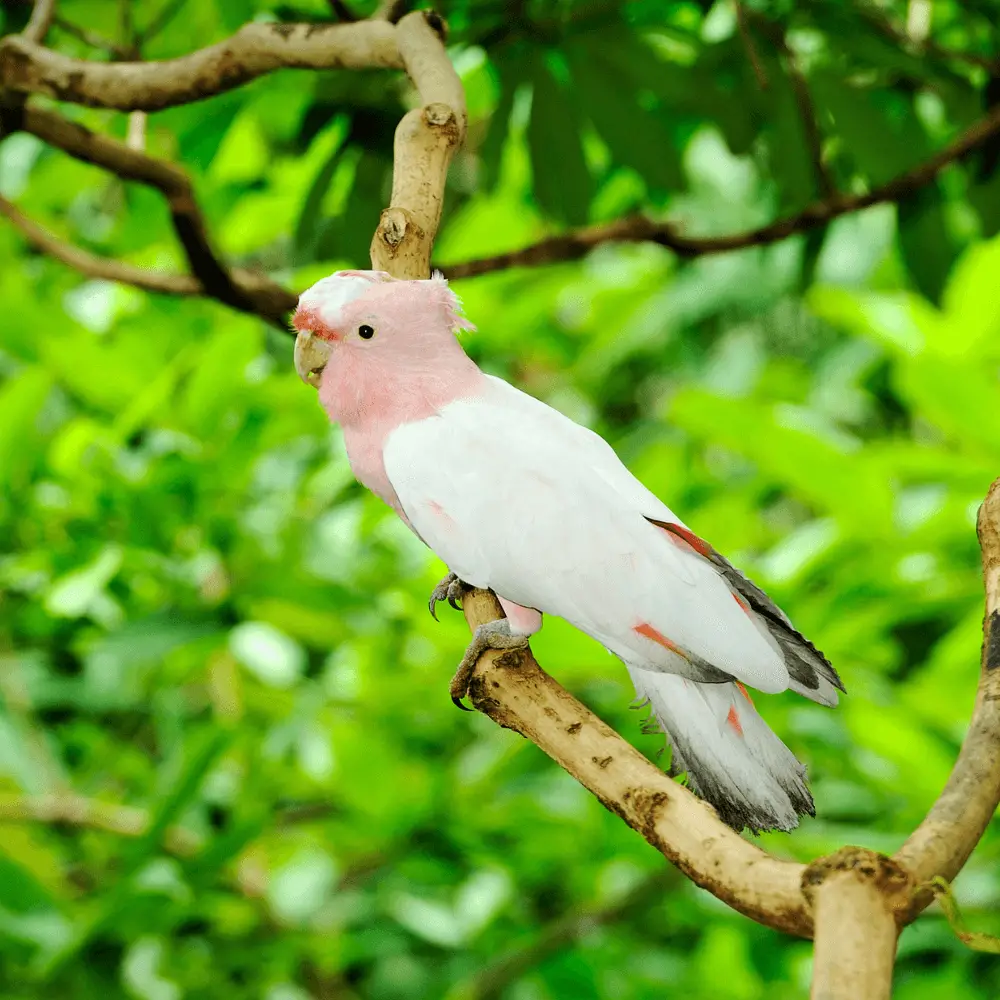
As noted earlier, the Major Mitchell cockatoo ( Lophochroa leadbeateri ) resides in Oceania, specifically Australia. However, it is not distributed throughout the country. It is found in specific areas of the region, in the center and west. It is usually found in open forests – especially those with eucalyptus trees – and bushes.
The only species of its genus with a spectacular crest
Among the most striking features of this bird, the one that stands out the most is the spectacular crest that crowns its head. This bird has moreover 16 long and curved reddish and yellow feathers which are reminiscent of the flag of Spain. This is why it is also called the Spanish flag cockatoo or Spanish cockatoo.
Regarding their size, these birds are between 33 and 40 centimeters long and weigh about 480 grams. Two subspecies are currently known: L. leadbeateri leadbeateri and L. leadbeateri mollis, differing in almost imperceptible characteristics, such as variation in the tone of their crest.
sexual dimorphism
Regarding sexual dimorphism, there are practically no differences between males and females of this species. However, it should be mentioned that males are larger in size than females. The color tone is another way to differentiate them: the female is lighter.
In females, the eyes are pink and the ventral part is white. In males, the eyes are brown and the ventral part is salmon-colored.
Both sexes have pink faces and necks. The tone of the lower part of their body is reminiscent of the color of a salmon, just as that of the wings and tail reflect. Finally, their back is whitish.
Major Mitchell cockatoo Behavior
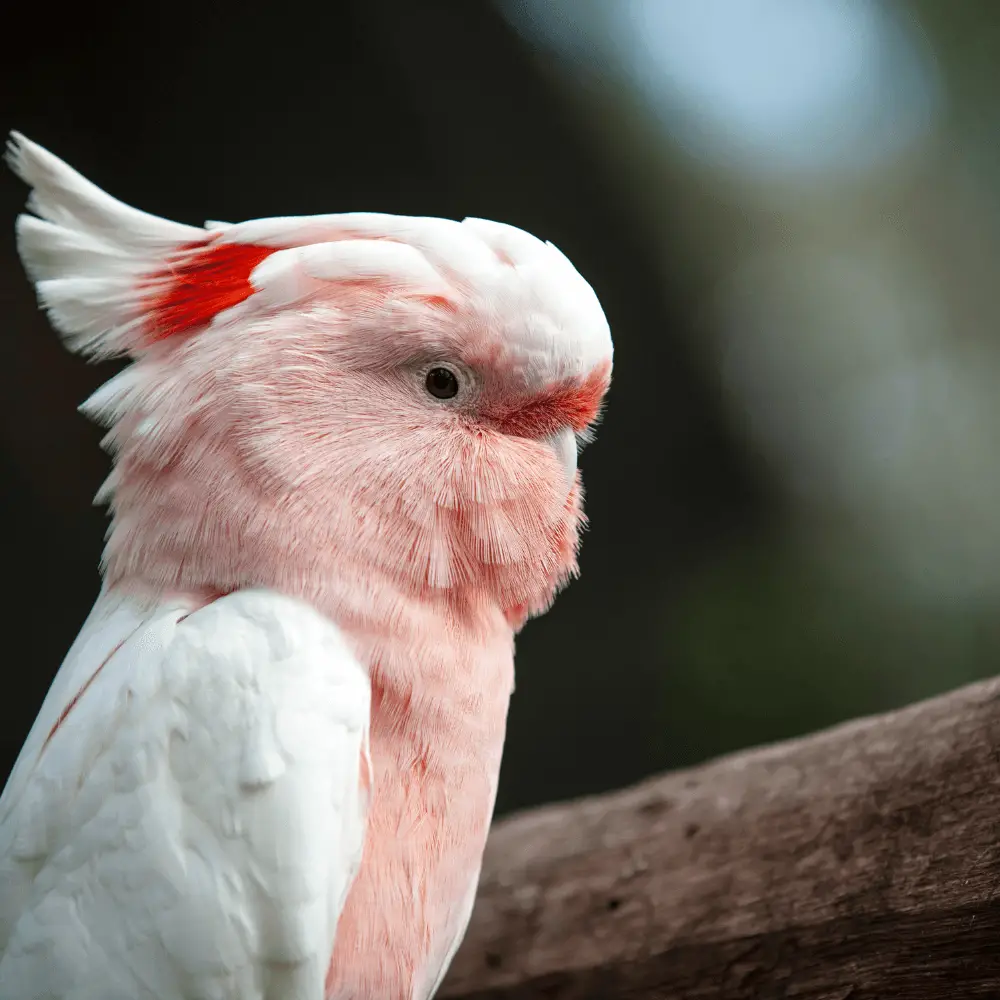
This bird with a strong character. Indeed, this animal is far from being docile. It is also a very intelligent bird, which needs to interact with others and perceive stimuli to stay active.
If he lacks distractions, he will become bored and display aggressive behaviors. For example, in captivity, he will destroy the elements in his cage. It goes without saying that due to these characteristics, this animal is not recommended as a pet.
Aggression or bad behavior
Although their behavior is not characterized by docility, they are not particularly violent. If a cockatoo begins to show signs of misbehavior or even aggression—like destroying things—consider the following options:
- Beware: if the cockatoo is bored, it will try to get your attention in different ways, including bad behavior.
- Breeding season: males tend to become aggressive during this period, especially if their partner is not the same age.
- Cage Position: Placing the cage near a noisy area or in an inappropriate location can cause serious changes in the bird’s behavior.
- Socialization: You may not know how to interact with a cockatoo and it may feel threatened by your presence.
Major Mitchell cockatoo diet
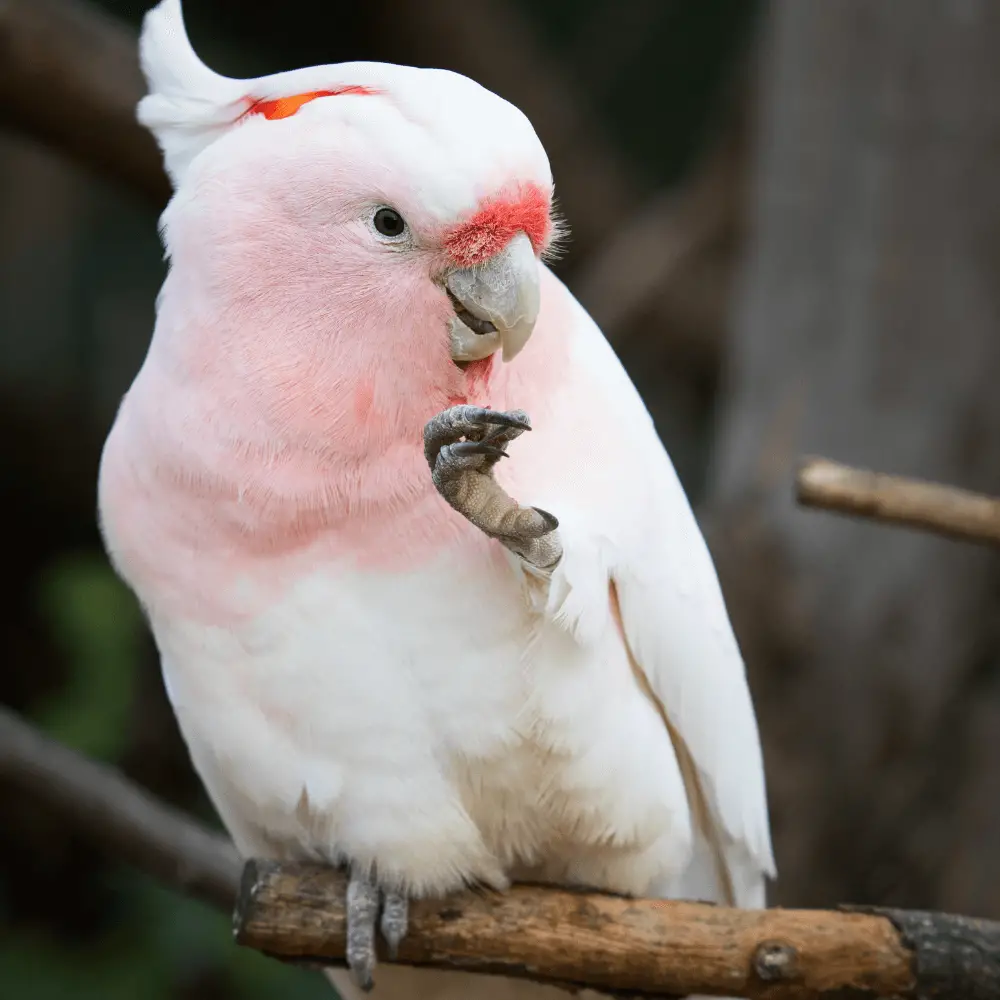
The diet of this bird is mainly composed of different seeds of grasses, trees, and fruits. It can also ingest invertebrate larvae. We can therefore say that it is an omnivorous animal.
Major Mitchell cockatoo breeding
In the wild, cockatoos are generally observed to form small flocks, consisting of 10 to 50 birds. In relevant situations, such as drought or abundance of food, several groups meet.
Of course, during the nesting season — from August to December — each group breaks up and migrates to the traditional nesting grounds. Only couples stay together.
It would seem that the couple is the basic social unit.
Threats and conservation status
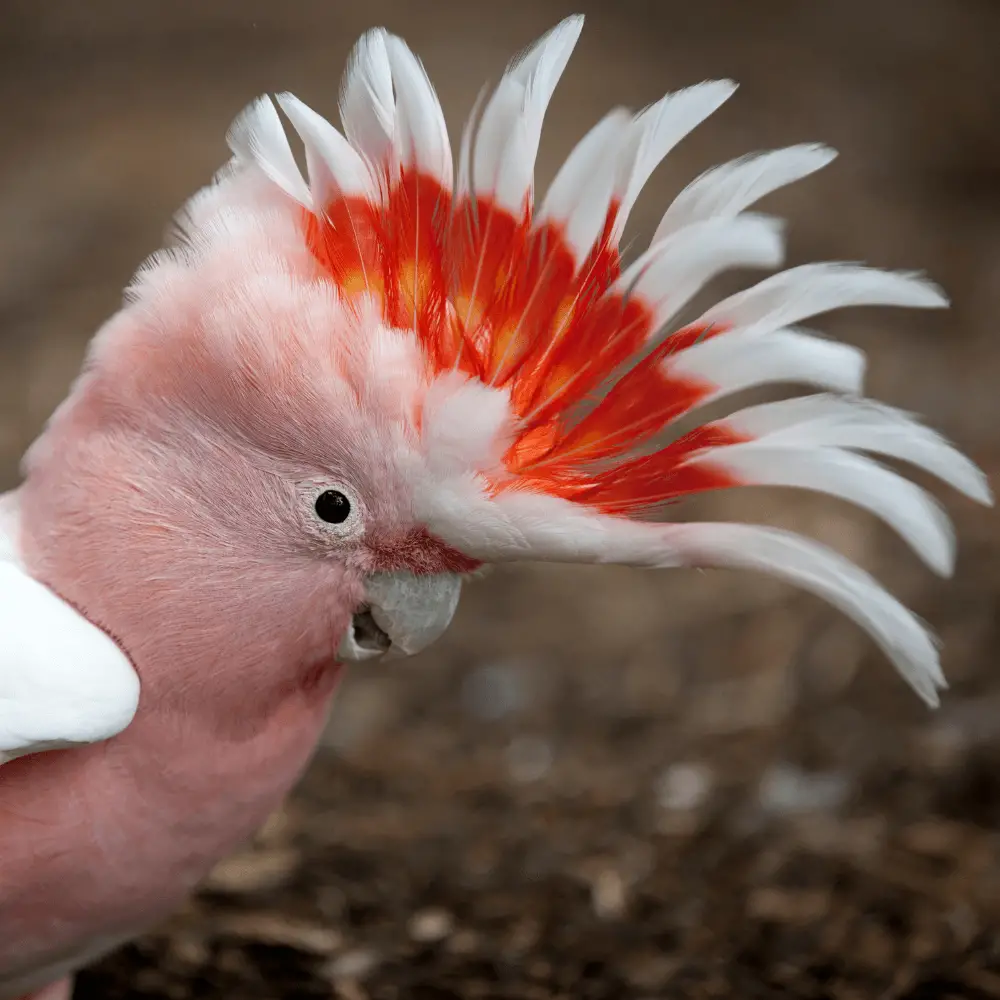
Currently, populations of Black Cockatoos are stable and in lesser conservation status. However, the loss of their habitat has led to a considerable reduction in the population in the southern and eastern parts.
In addition, these animals are exposed to various threats, such as the theft of nests or traps. In order to put an end to these attacks, recovery plans have been activated and conservation sites have been protected.
Major Mitchell cockatoo as pets
To date, the Leadbeater’s Cockatoo is not available to all audiences as a pet. Among the main reasons are its excessive price and its dominant behavior compared to other birds that are popular pets, such as canaries or parrots.
Major Mitchell cockatoo is one of the most important Australian endemic animals for aviculture. This noisy, very active, and playful bird is generally much more beautiful and inquisitive in the wild than in the domestic environment because in captivity its temperament is difficult to manage.
Related article:

